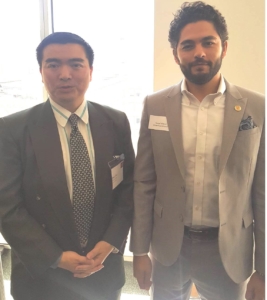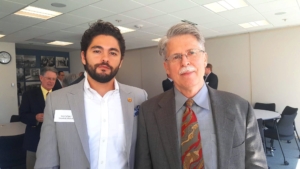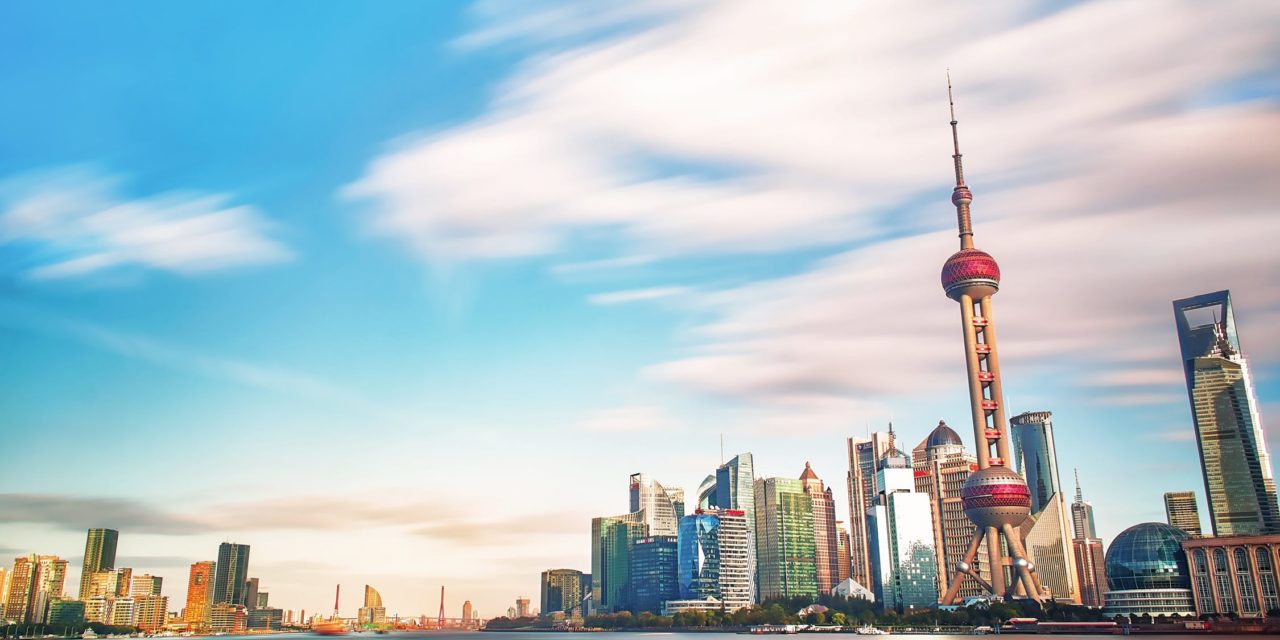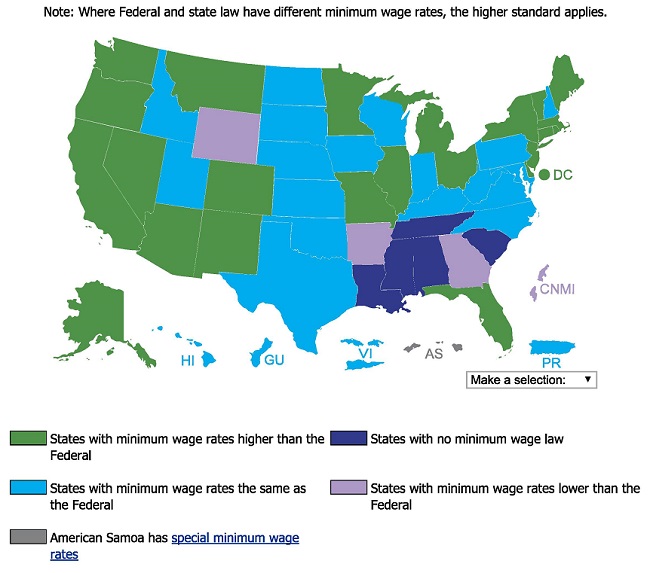As renegotiations of The North American Free Trade Agreement (NAFTA) cast a shadow of doubt on the USA’s trading future, many countries are eyeing China for its gains in international trade; where the US has further receded from international trade. This is also the case with the US withdrawal from the Trans-Pacific Partnership (TPP). The TPP and the Regional Comprehensive Economic Partnership (RCEP) were at one point competing to be the largest trade deal in the south Pacific. However, TPP, a major free-trade agreement between five nations in the Americas, five Asian nations, Australia, and New Zealand, endured a heavy blow when its most influential member, the United States, withdrew in the early stages of President Donald Trump’s presidency. Despite being excluded from the TPP, China found a home with RCEP, which shares a similar core of member parties and similar goals. A series of US-China affiliated businesses and associations have actively marketed the future of investment in China during this opportunity of economic expansion in the TPP’s core member’s absence. Nawaf Alfaouri, Economic Development Specialist at Greenfield Advisors, recently attended a China Business Risk and Investment Briefing hosted by the Trade Development Alliance of Greater Seattle and Wells Fargo Bank at the Seattle Chamber of Commerce.

From left: Robin Chen, Co-Head of the China Desk of Wells Fargo and Nawaf Alfaouri, Economic Development Specialist, Greenfield Advisors.
Robin Chen, Co-Head of the China Desk of Wells Fargo, explained the projections of an impact that a TPP withdrawal would have on China and the US. The United States’ sudden and unforeseen withdrawal from TPP essentially gifted Chinese President Xi Jinping one of his major foreign policy goals: economic expansion. China will look to consolidate its economic influence in the separate ASEAN (Association of Southeast Asian Nations) – also party to RCEP – into one regional conglomerate. This will be helped along by a cooperation age
Furthermore, Chen went on to discuss China’s One Belt, One Road (OBOR) Initiative—also termed the New Silk Road or Belt and Road Initiative—which is a massive infrastructure investment and economic integration plan spanning Eurasia. OBOR is thematically coordinated into five major routes, with $4 trillion in investment proposed across more than 60 countries. These countries total 60% of the world’s population and 30% of its present GDP—figures which are both projected to rise over the coming decades. The initiative includes both physical infrastructure (rail lines, port facilities, highways, telecommunications, and gas pipelines) and proposed policy and financial coordination, in order to strategically facilitate the international movement of people, capital, and goods. By symbolically revitalizing an age-old trade route and investing in trans-continental trade infrastructure, China aims to do nothing less than reorient the world order towards itself—while simultaneously serving its domestic economic needs. The plan is essentially China’s Marshall Plan (on a far larger scale), fulfilling geostrategic goals via infrastructure loans.
One Belt, One Road consists of the overland Silk Road Economic Belt and the sea-based Maritime Silk Road. China has established the $100 billion Silk Road Fund, while $1 trillion of funding has been set aside by the China Development Bank and the Big Four state-owned banks. The recently-created Asia Infrastructure Investment Bank (AIIB), a rival of the World Bank, will also likely finance OBOR projects, though it has cautiously stated it will independently assess the economic, social, and environmental viability of projects.
The plan remains vague. OBOR acts as a nearly limitless umbrella for projects, with the type of project and number of countries even involved in the initiative still fuzzy. As Christopher Balding, speaking to CNN stated, “It means everything and nothing at the same time.”
Nevertheless, the broad strokes are clear: a grand improvement of railway links in Central and Southeast Asia, new ports and pipelines, and soft power coordination over trade and border policies with myriad nations—all of which utilizes China’s large industrial capacity, expands its access to raw materials, and forges new alliances via trade relations and the power of debt.

Nawaf Alfaouri, Economic Development Specialist, Greenfield Advisors and Attorney Norm Page, Chair of China Practice at Davis Wright Termaine.
OBOR addresses China’s looming crisis of overproduction, both by snapping up excess productive capacity with construction projects abroad and by creating new consumer markets for Chinese goods. Industries associated with infrastructure development have been at the core of the Chinese boom. Yet these industries have shown signs of flagging in recent years as China’s domestic infrastructure has been overbuilt, and key steel and concrete industries sit idle. OBOR stands to put these resources and China’s massive foreign-exchange reserves ($3 trillion) to work.
Chinese leadership couches OBOR in clear opposition to U.S. actions on the world stage. While China’s president, Xi Jinping, announced OBOR in 2013, the election of Donald Trump has hastened the transition of global power already underway. The United States’ retreat from the Paris Climate Accord, TPP, and commitments to NATO has emboldened Chinese leadership, who now position themselves as the protectors of globalization. Chinese state media lobs pointed barbs against American world rule. Xinhua frames OBOR as emblematic of the Chinese model of international development, in implicit contrast to American molds:
“China opposes hegemony and has said so countless times. China harbors no intention to control or threaten any other nation. China needs no puppet states. China does not indulge in “regime change” either regionally or globally and is not about to begin to do so…. The Belt and Road forum is not an occasion to assert a new hegemony, but an opportunity to bring an old one to an end.”
Few could look at the world today and conclude that the United States’ regime change efforts of the past few decades have resulted in a safer or more democratic world. While the U.S. has been involved in a protracted war in the Middle East, and reconsiders its deal with Iran, China promises multilateral development without political strings or military quagmires.
The success of OBOR remains to be seen. The plan to invest in unstable Central Asian republics, Pakistan, and Southeast Asia has significant political and economic risks. The initiative may be imperiled by nationalist backlash, the rumblings of which have been visible in anti-Chinese riots in Indonesia and Malaysia. Such political instability undermines the economic viability of projects, by delaying or imperiling plans already set in motion.
As Attorney Norm Page explained, in response to such fears, China has learned to at least rhetorically embrace the notion that its investments must be directed by principles of win-win cooperation and serve the needs of people in the countries in which it invests. Chinese infrastructure programs abroad have been criticized in the past for their neocolonial aspects—importing Chinese labor and using Chinese physical and financial capital to extract resources for Chinese consumption, bestowing marginal benefit for the local population. Addressing these concerns by employing more local resources in infrastructure investment threatens to undermine one of the other goals of OBOR—namely, to snap up excess industrial capacity.
Despite these risks, however, China’s recent moves on the international stage are a striking parallel to American actions in establishing the Bretton Woods system at the end of World War II. In the context of crumbling American leadership, China’s establishment of the AIIB, China Development Bank, and One Belt, One Road initiative are coordinated moves to further globalization on Chinese terms.
As time passes in the void of the TPP, these broad economic expansions can even be seen in China’s much less-talked about port leases around the globe. The government of Sri Lanka and a state-run Chinese shipping company have agreed on a 99-year lease in the Hambantota port in the southern point of the country. This port is expected to be a critical Indian Ocean hub for Chinese trade under its New Silk Road. These trends strongly indicate that the dominant language of trade shall be dictated in Mandarin and Cantonese in the near future.
By Alex Pratt and Jesse Simpson






Recent Comments